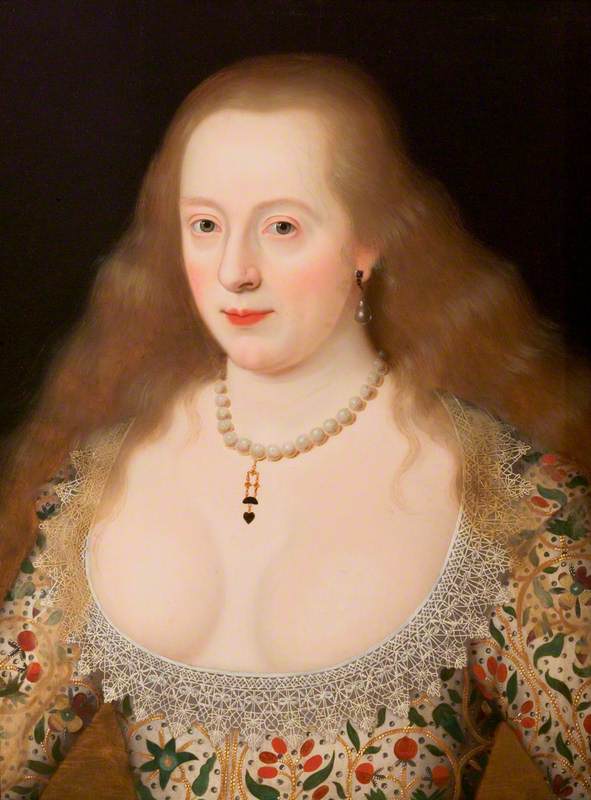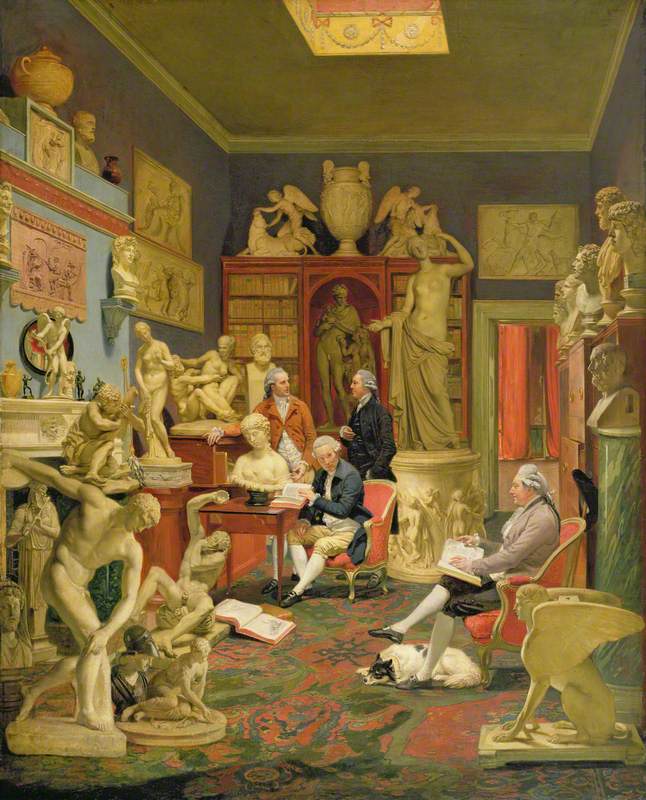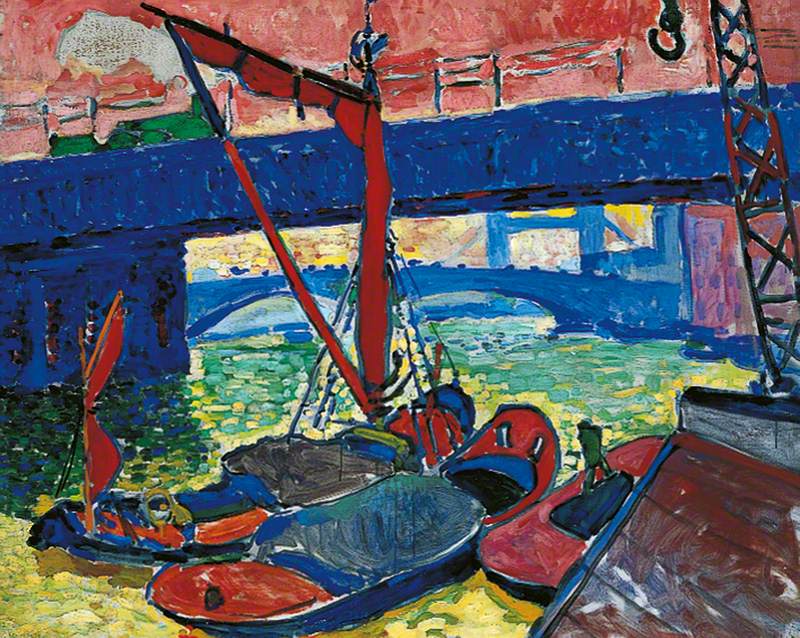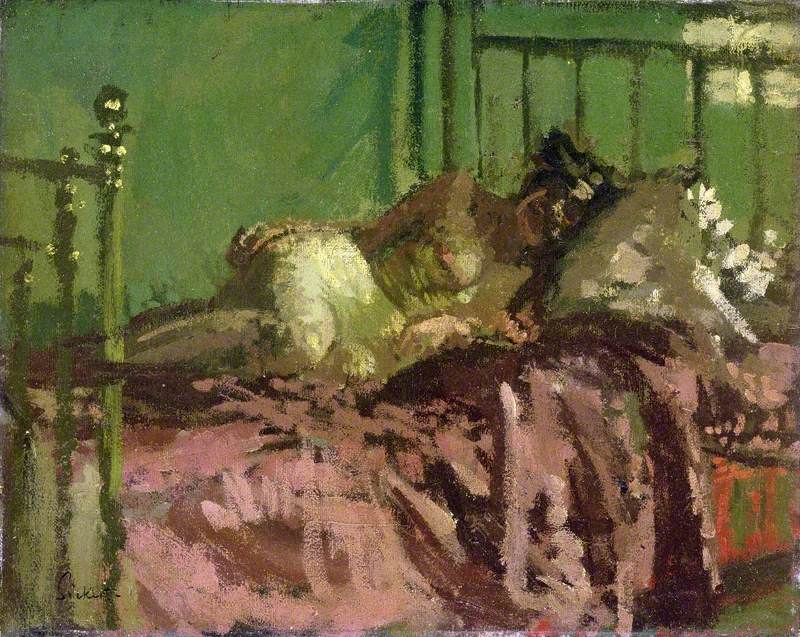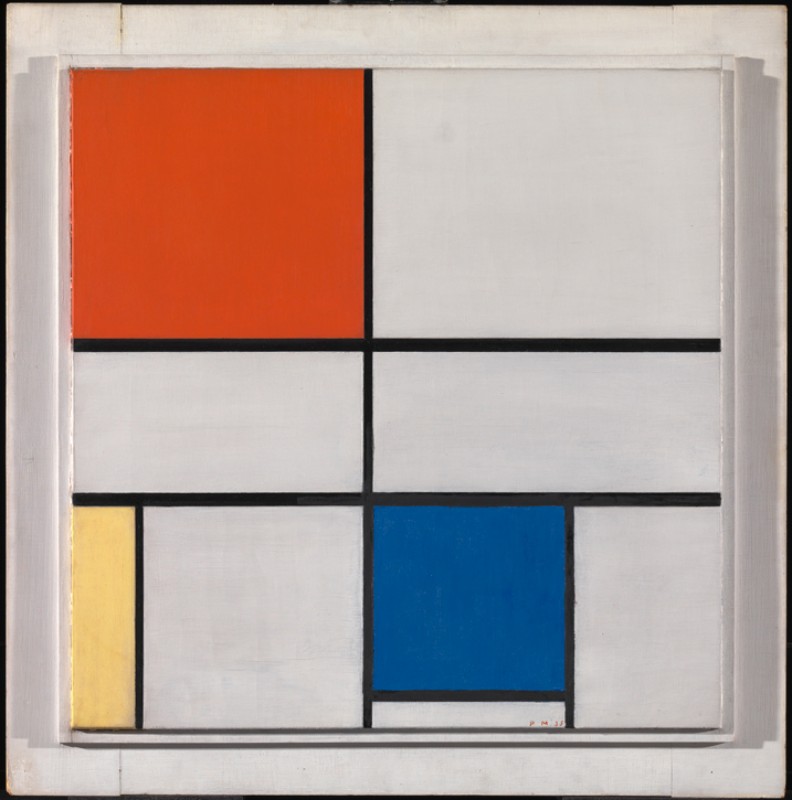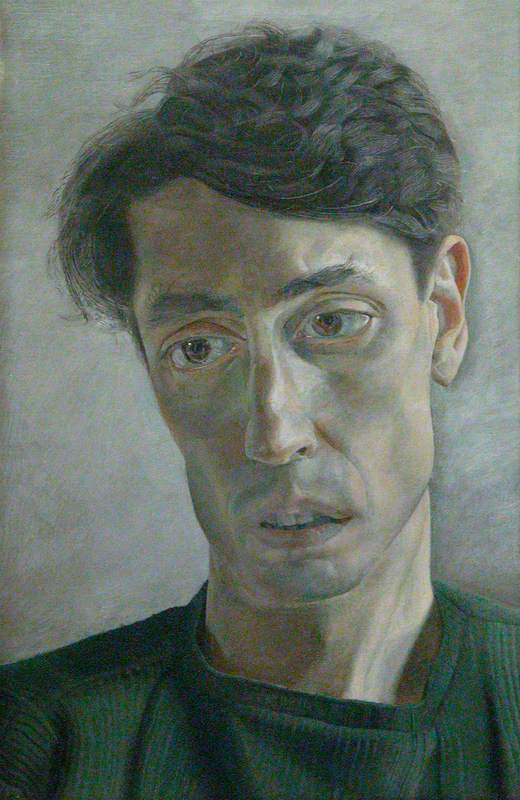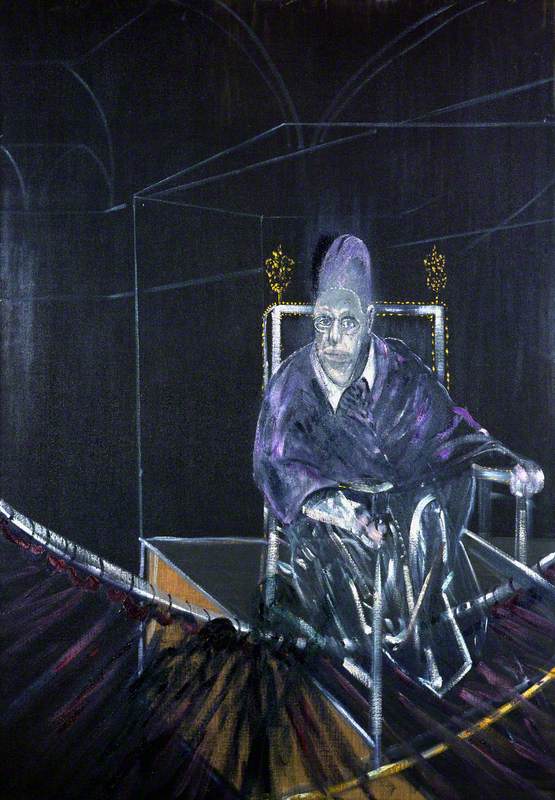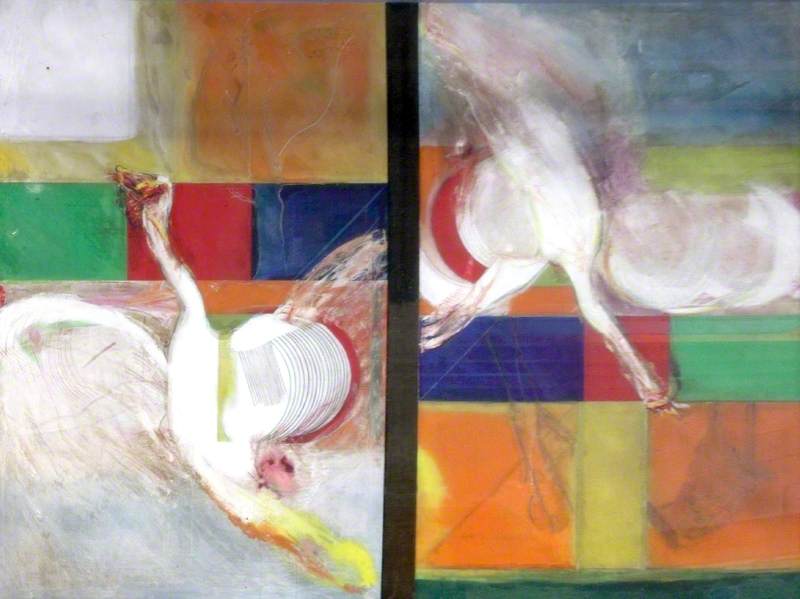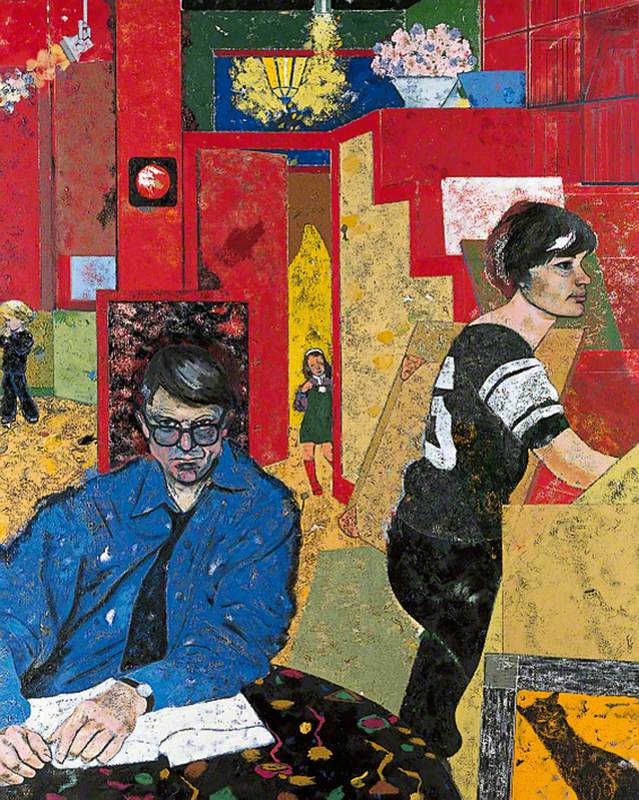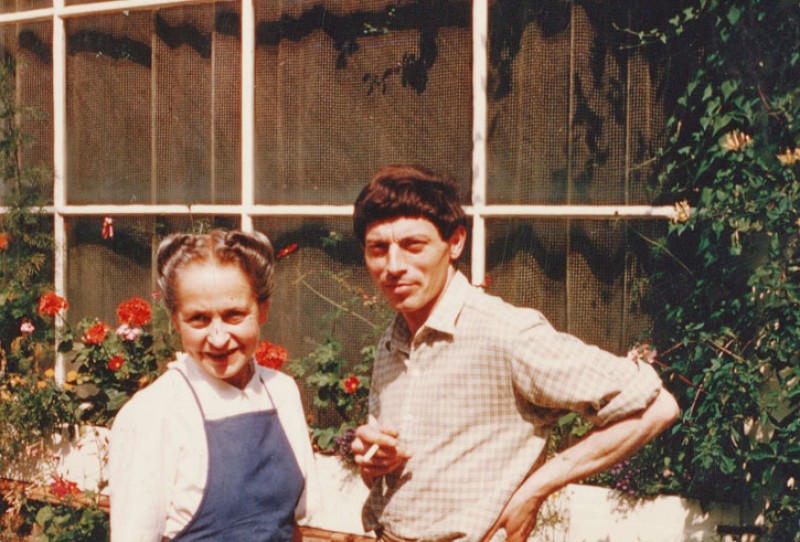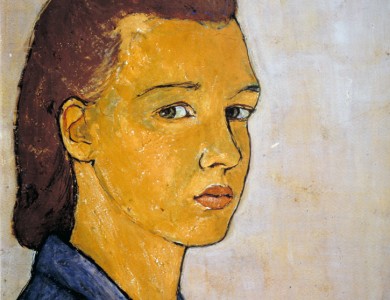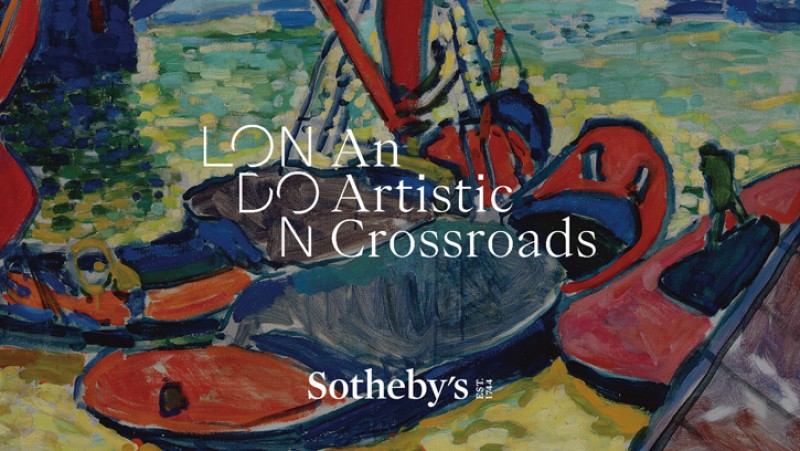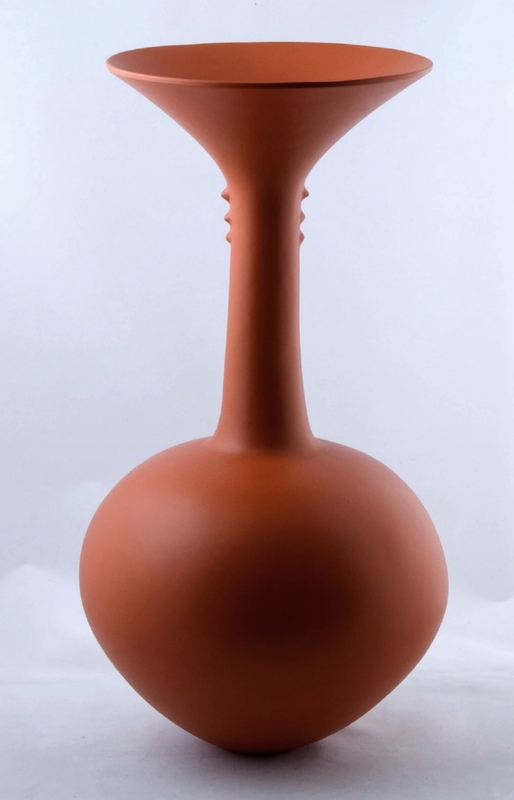Twelve UK museums come together with Art UK and Sotheby's to stage a month-long exhibition celebrating the UK's central role in the creative lives of leading international artists.
The free exhibition 'London: An Artistic Crossroads' is on display at Sotheby's New Bond Street Galleries from 25th May to 5th July 2024.
Lucie Rie was born in Vienna, the youngest child of Gisela and Benjamin Gomperz, a Jewish doctor who was a consultant to Sigmund Freud. The family would be torn apart by the conflicts of the first half of the twentieth century.
The older of her two brothers, Paul, died at the Italian front in 1917; and Lucie Rie herself was compelled to flee Nazi Austria just over twenty years later, in 1938. She chose London as her safe haven. She found a small mews house in a street of converted stables in Hyde Park, which became her refuge, her home and her studio. She would remain there for more than 50 years.
At the time of her arrival in London, Rie was already an established creator of studio pottery. Inspired during her teenage years by a maternal uncle's collection of ancient Roman pots, she had studied ceramics under Michael Powolny at the Vienna Kunstgewerberschule, a school of arts and crafts with close links to the Wiener Werkstätte.
During her early years as an independent potter, she had become well known for working with thrown earthenware, creating clean and simple forms and using bright and colourful glazes.
In the rather clumsy terminology of the time, she was considered a modernist rather than a traditionalist. In 1937, just a year before her forced emigration, a number of her pots, inscribed with the maker's mark 'L. R. G. Wien', were awarded a silver medal at the Paris International Exhibition, which is now principally remembered as the occasion for which Picasso created Guernica.
Despite such previous successes, it was not easy for Rie to find her feet in wartime London. She was not only a refugee but a divorcee: her marriage to Hans Rie, an Austrian businessman, had failed at around the time she left Austria for England and would be dissolved in 1940. Few people were aware of her gifts and there was, in any case, a limited market for refined pottery in a city under bombardment.
To make ends meet Rie let out one of her rooms to another Austrian emigre, the future Nobel Prize-winning physicist Erwin Schrödinger, and developed a sideline in ceramic buttons and jewellery for couture fashion houses.
Even after the cessation of hostilities, it would take a number of years for Rie to make a name for herself in her adopted homeland. The famous potter Bernard Leach, whose influence was considerable in the 1950s, was unsure about her work when he first encountered it: 'too thickly glazed, thinly potted' was his terse judgement.
Leach's aesthetic preferences, reflected in his own attachment to the ancient rustic traditions of Japanese and Korean ceramics, may well have blinded him to the sharp and edgily contemporary style of Rie's work. But to his credit, he eventually came around both to her and her work. The two became friends, and any narrow prejudices that might have developed against the perceived modernity of her work gradually dissolved. By the late 1960s, Leach was praising Rie for her 'innate wisdom' and for being 'free from the direct influence of other potters, ancient and modern.'
The Vase and Bowl exhibited here both date from the 1970s when Rie was at the peak of her powers and confidence.
The Vase is what Rie would have described as a 'Byzantine bottle', consisting of a bulbous base from which rises the more flowing, beaker-like form above: a twisted amphora, in essence.
Vase
1972, ceramic by Lucie Rie (1902–1995) 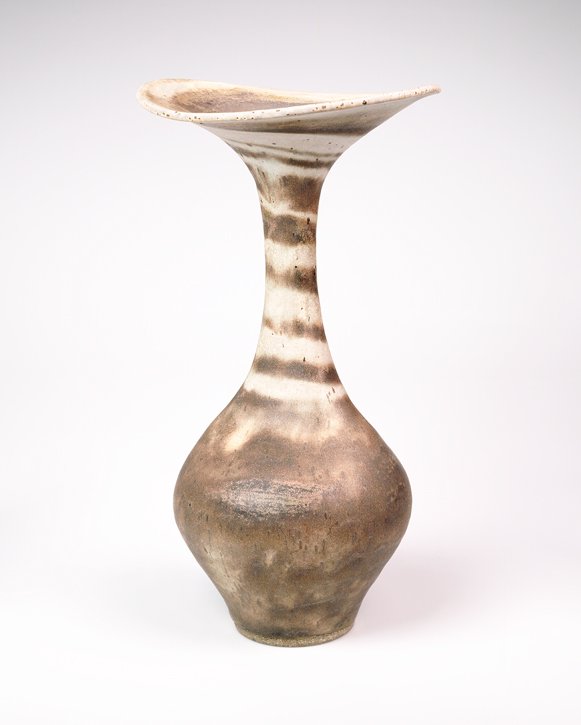
The work was created by a method which she had first developed less than ten years earlier to create a new form of patterning. By throwing a pot from two separate balls of differently coloured clay, which were not mixed but just pressed together in the hand, she found that a spiral pattern could be made in the pot – especially if very little water was added during the throwing process.
The dark and light spiral that results in the finished pot or bottle, especially where the neck rises and opens out into a generous, puckered mouth, gives a richness and complexity to the piece that seem more than merely formal. It is a thing at once vulnerable, eloquent and inherently impure, in the sense that the different elements that have gone into its making have been preserved in all their difference.
The Bowl gives the lie to Leach's remarks about Rie's freedom from influence, since it was plainly inspired by Chinese Song Dynasty ware.
Bowl
1975, ceramic by Lucie Rie (1902–1995) 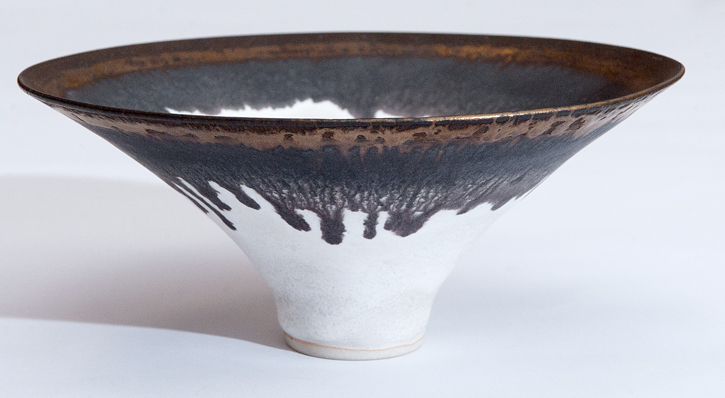
The handling of the glaze on the interior of the vessel is, however, idiosyncratic and unlike anything found in the ceramics of ancient China, evoking instead the techniques of American Colour Field painting or even the drips and splashes of Jackson Pollock.
Like much of Rie's later work, it celebrates processes such as mixing, staining, and infiltrating. The glaze seems so alive it might almost be continuing to flow down into the bowl as it is held in the hands.
Andrew Graham-Dixon, art historian and broadcaster
The free exhibition 'London: An Artistic Crossroads' is on display at Sotheby's New Bond Street Galleries from 25th May to 5th July 2024
You can download the free exhibition tour within Art UK's guide on Bloomberg Connects

